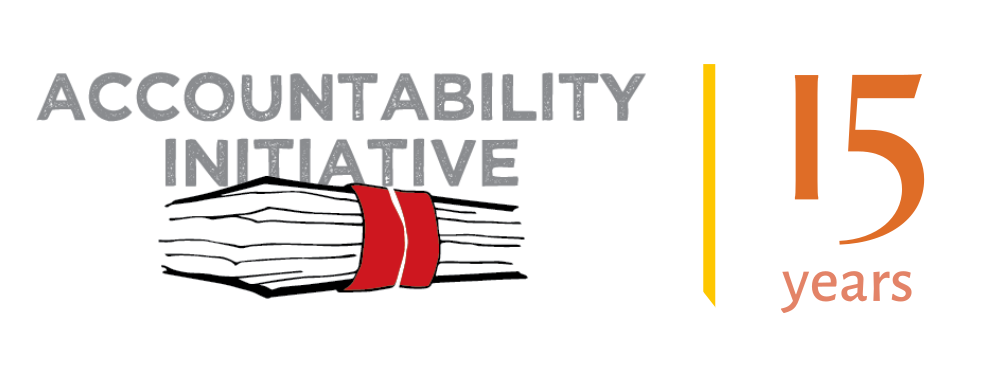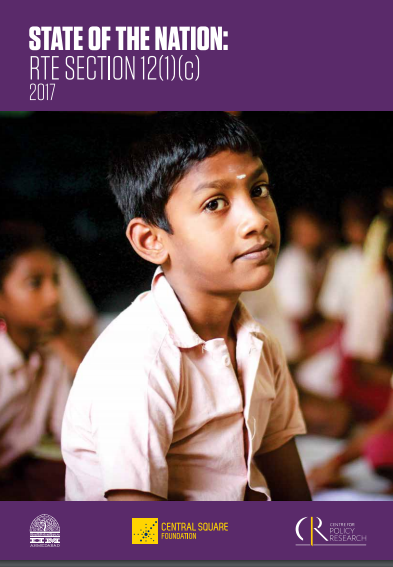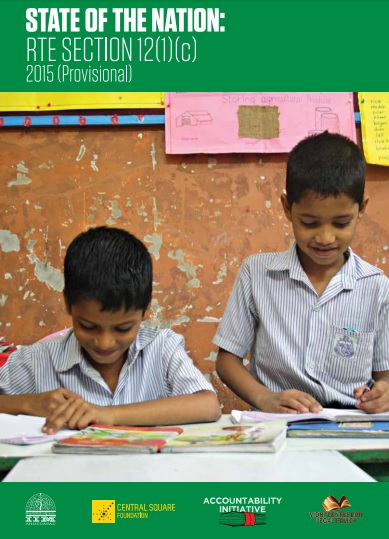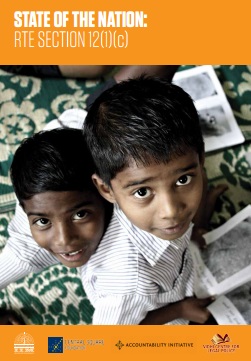
Sarva Shiksha Abhiyan (SSA) is the Government of India’s (GoI) flagship elementary education programme. Launched in 2001, it aims to provide universal education to children between the ages of 6 to 14 years. SSA is the primary vehicle for implementing the Right of Children to Free and Compulsory Education Act (RTE), passed in 2009.
This brief uses government reported data to analyse SSA performance along the following parameters:
■ Overall trends in allocations, releases, and expenditures
■ Expenditure performance across key SSA activities
■ Compliance with the RTE
■ Learning Outcomes

This brief examines trends in elementary education spending in I ndia. It focuses on Government of India’s ( GOI) Sarva Shiksha Abhiyan (SSA) and state government allocations and expenditures for elementary education since FY 2005-06.
Trends over the last 25 years suggest that nearly 80% of the social sector spending has come from state budgets. Taken together with other economic happenings in the country, the centre’s role in financing social welfare, including elementary education, is likely to decline further.
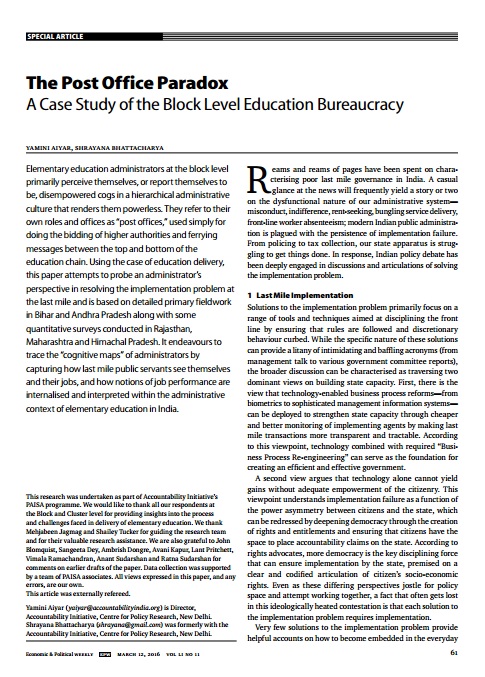
Elementary education administrators at the block level primarily perceive themselves, or report themselves to be, disempowered cogs in a hierarchical administrative culture that renders them powerless. They refer to their own roles and offices as “post offices,” used simply for doing the bidding of higher authorities and ferrying messages between the top and bottom of the education chain.
Using the case of education delivery, this paper attempts to probe an administrator’s perspective in resolving the implementation problem at the last mile and is based on detailed primary fieldwork in Bihar and Andhra Pradesh along with some quantitative surveys conducted in Rajasthan, Maharashtra and Himachal Pradesh. It endeavours to trace the “cognitive maps” of administrators by capturing how last mile public servants see themselves and their jobs, and how notions of job performance are internalised and interpreted within the administrative context of elementary education in India.
